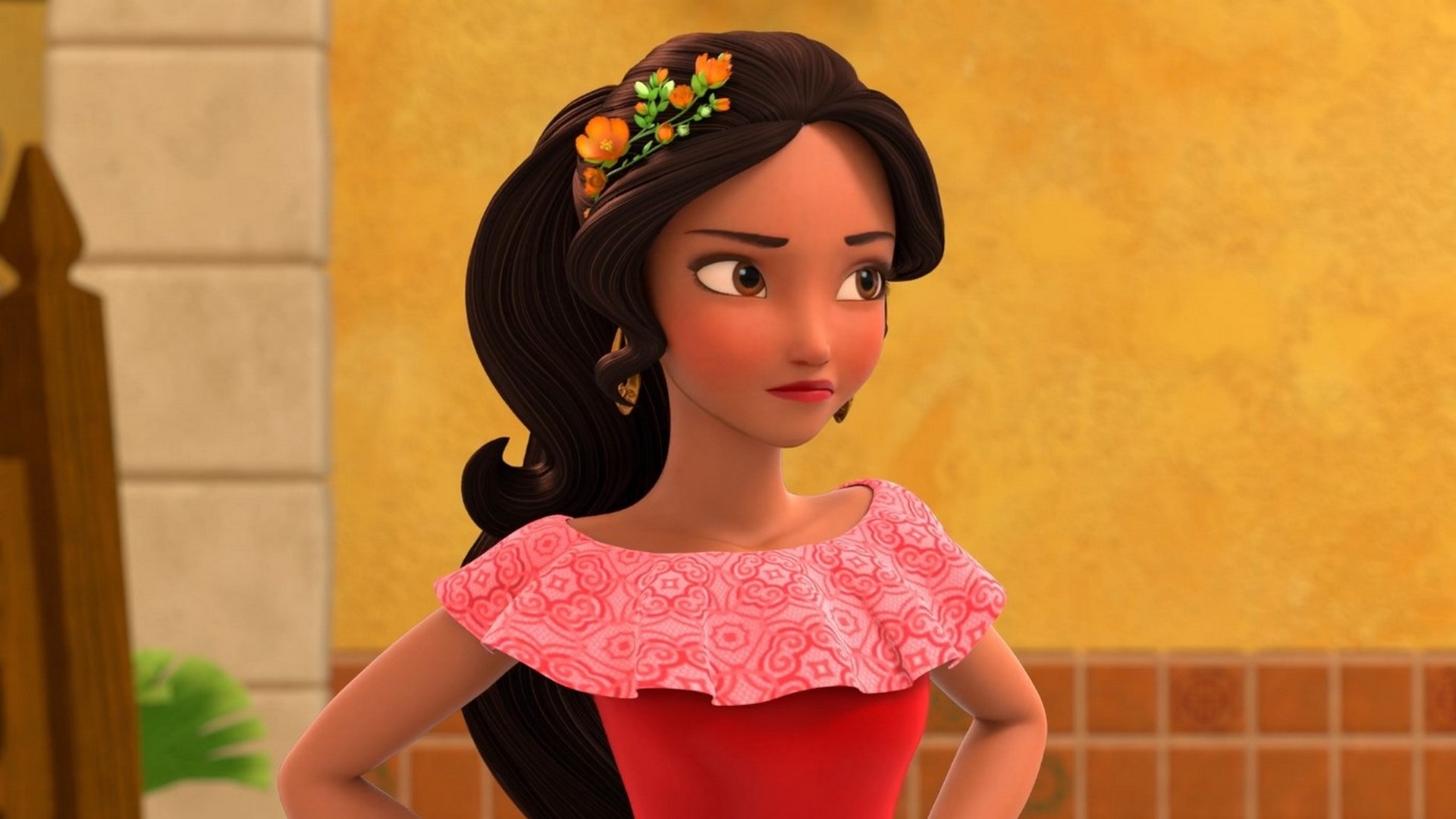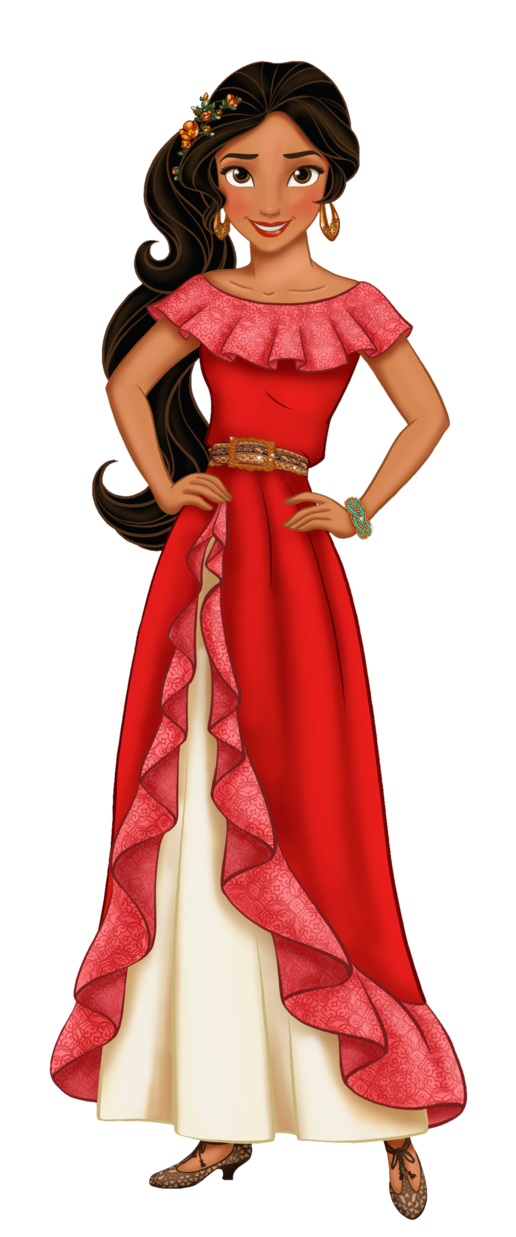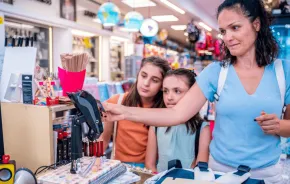
Once upon a time, I was a little girl and not a fan of Disney princesses — mainly because my parents couldn’t afford the dolls for my sisters and I. Back then, the closest Disney had come to having some diversity was the introduction of Jasmine, Pocahontas and Mulan.
Today, a new princess joins the ranks: Elena of Avalor. Elena’s the lead on Disney’s newest TV series of the same name. She’s a small-waisted 16-year-old with the task of ruling a kingdom, which Disney says is “inspired” by Latin cultures. That makes Elena Disney’s first Hispanic princess (well, unless you count Disney Junior’s Sofia the First, which the National Hispanic Media Coalition did not). Unfortunately, Disney keeps running into the same problem when attempting to create “diverse” shows by celebrating characters based on stereotypes.
Even with the many 'cultural consultants' on the show’s payroll, Elena of Avalor still misses the point.
Speaking as a mother of a 2-year-old multiethnic girl and as a Latina-identifying woman, the “Latin-inspired” Elena of Avalor has both good and bad messages. In the first episode, you’ll see Princess Elena struggle with leadership, growing up, listening to her elders and working with her friends — all worthwhile messages Disney’s good at sharing. Unfortunately, even with the many “cultural consultants” on the show’s payroll, Elena still misses the point.
There’s the opening, for one thing. A festive, maraca-shaking type of song plays while stereotypes parade across the screen in the form of dancing, thick-accented, guitar-playing people.
Then there’s the mispronunciation of Elena’s name. The princess is called both “Eh-leh-nah,” which is the Spanish pronunciation, and “Ee-lay-nah,” the assimilated version. She’s often called two different names within the very same scene.

Next comes the perpetuation of the myth that all Latin cultures are the same. The show’s setting is a fictional Spanish-like feudalist kingdom, where there is an attempt at mixing a Mayan spirit animal, a Mapuche artifact, California flowers and Teotihuacan architecture. This is a mashing of cultures without an attempt at showing the people who represent them.
We are not all light-skinned Latinxs, a non-gendered word that refers to those of us of Latin American descent. We are black, Asian, indigenous, white, mestizo and everything in between. Plus, let’s not forget the national identities that further define us, for those that still hold a connection to where our families came from, however recent or many generations ago that may have been.
Sadly, Elena of Avalor fails to acknowledge that America’s Latinx culture is different than Latin American culture. Even though our ancestors may come from Latin America, our realities as Latinxs in the U.S. are distinct. That is something to embrace and that is why Disney’s use of “Latin-inspired” stands for a mispronunciation of an entire group of people.
Of course, there are things the show gets right. For example, Elena is played by actress Aimee Carrero, who’s of Dominican and Puerto Rican heritage. Casting men and women of diverse backgrounds is the start of something that can have a positive impact on our children. It’s a step in the right direction (in Sofia the First, no such attempts were made; Ariel Winter of Modern Family voices the lead). More meaningful change, however, will only happen if we as parents guide our children pass the guitar strums to teach them that real people inspire these productions.
As for me, my happily ever after arrived upon showing my toddler Elena of Avalor. She walked away, preferring the company of her sippy cup. Granted, her attention span doesn’t currently last an entire episode but as she gets older, I want her to remember that princess characters — whatever their ethnic inspiration — do not represent her. She is her own person.











